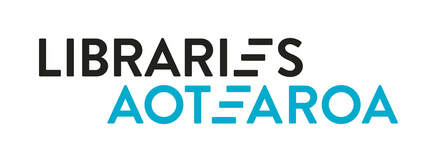This partnership agreement solidifies our special relationship and is the start of a stronger relationship between the two associations. LIANZA is excited to work with Te Rōpū Whakahau in supporting and empowering Māori librarians and information professionals.
LIANZA's Immediate Past President, Richy Misilei, says the partnership will be honoured and respected, creating unity and uplifting everyone that LIANZA and Te Rōpū Whakahau serve—our people, our communities, and our kaimahi.
Tōtara wāhirua, he kai nāte ahi.
A split totara is food for fire. Division and a lack of unity, lead to failure.
Read the agreement




























 RSS Feed
RSS Feed